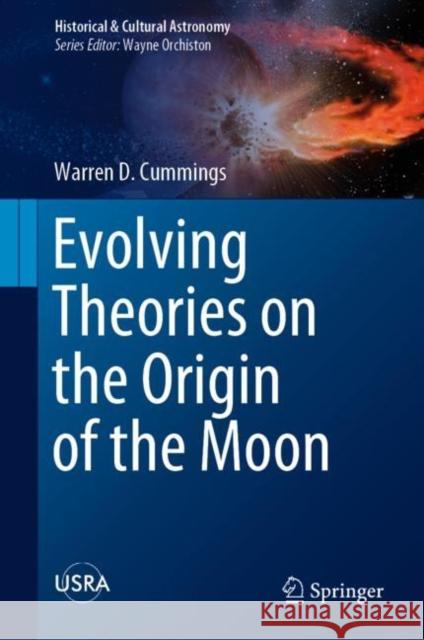Evolving Theories on the Origin of the Moon » książka
topmenu
Evolving Theories on the Origin of the Moon
ISBN-13: 9783030291181 / Angielski / Twarda / 2019 / 311 str.
Evolving Theories on the Origin of the Moon
ISBN-13: 9783030291181 / Angielski / Twarda / 2019 / 311 str.
cena 462,63 zł
(netto: 440,60 VAT: 5%)
Najniższa cena z 30 dni: 459,42 zł
(netto: 440,60 VAT: 5%)
Najniższa cena z 30 dni: 459,42 zł
Termin realizacji zamówienia:
ok. 20 dni roboczych.
ok. 20 dni roboczych.
Darmowa dostawa!
Kategorie:
Kategorie BISAC:
Wydawca:
Springer
Seria wydawnicza:
Język:
Angielski
ISBN-13:
9783030291181
Rok wydania:
2019
Wydanie:
2019
Numer serii:
000796607
Ilość stron:
311
Waga:
0.63 kg
Wymiary:
23.39 x 15.6 x 1.91
Oprawa:
Twarda
Wolumenów:
01
Dodatkowe informacje:
Glosariusz/słownik











